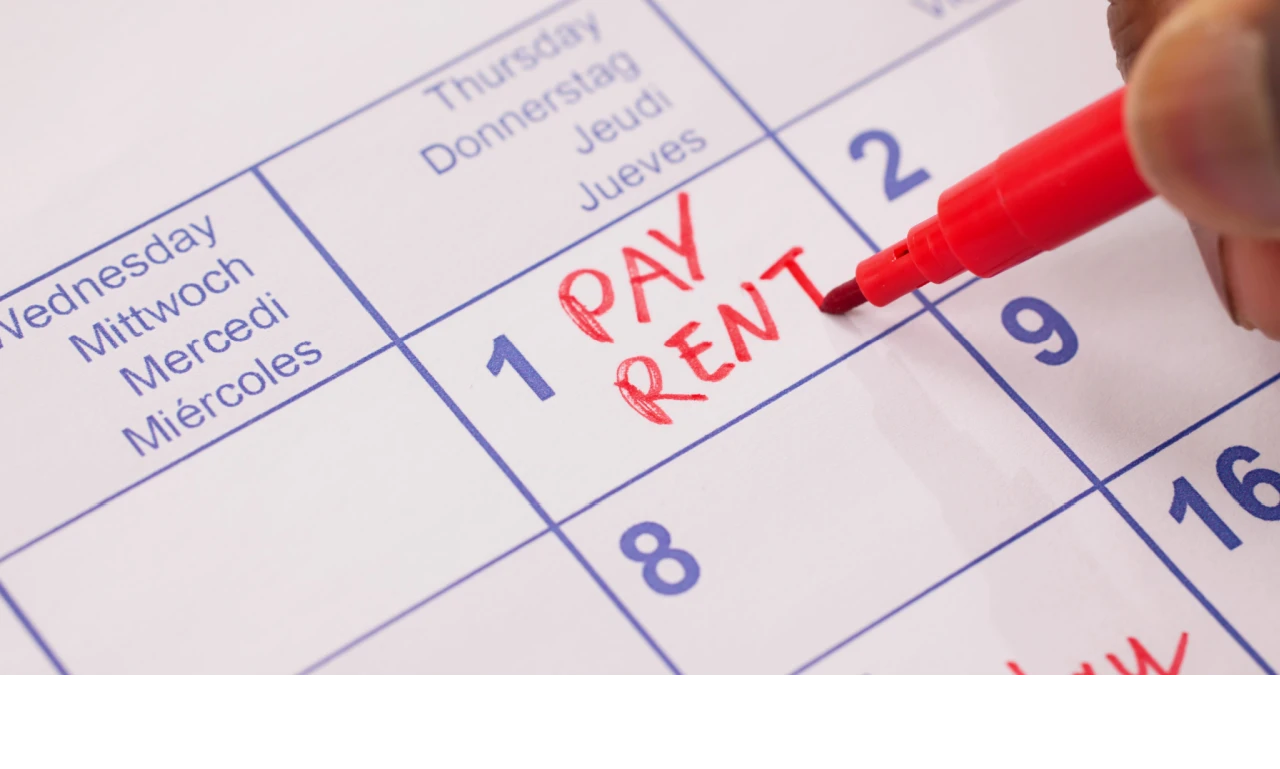Home·Property Management·How to Determine Price Per Unit
Establishing the Average Price Per Unit in Multifamily

How to Determine Price Per Unit
Ever wonder if there’s a quick way to get a feel for whether the asking price or future value for a multifamily property is in line with its competitors? Knowing the price per unit can save you a ton of money and time.
It allows you to analyze pricing and value quickly without getting lost in the large dollar figures that come with multifamily apartment investing.
Key Takeaways
-
Price per unit helps compare product values across different sizes or quantities
-
Calculating price per unit is simple: total price divided by number of units
-
Using a calculator can streamline the process for quick decision-making
How to Determine Price Per Unit?
To calculate the price per unit, divide the total price by the number of units. This simple unit formula helps you compare products and make smart buying decisions.
Let’s explore how to use this tool effectively in your multifamily investment journey.
The Concept of Price Per Unit
Price per unit is the cost of one apartment in a multifamily property. It’s a quick way to size up different properties. To find it, divide the total property price by the number of units. This gives you a baseline for comparison.
Understanding the average unit price helps in comparing different properties and making informed investment decisions.
For example, a 20-unit building priced at $2 million has a price per unit of $100,000. This figure helps you spot good deals faster. It’s like a shortcut for initial property screening.
Remember, lower isn’t always better. Location, condition, and potential income all play a role. However, the price per unit gives you a starting point for a deeper analysis.
Calculating Price Per Unit
To calculate price per unit, you need two numbers: total property cost and unit count.
Here’s a simple formula:
Price Per unit = Total Property Cost ÷ Number of Units
When calculating price per unit, consider the total production costs, which include both fixed and variable costs.
Let’s say you’re eyeing a 4-plex for $800,000. The math would look like this:
$800,000 ÷ 4 = $200,000 per unit
This calculation is your first step in property analysis. It’s quick and easy, perfect for on-the-spot comparisons.
You can use a price per unit calculator for faster results. This tool is handy when you’re looking at multiple properties.
Screen Your Tenant Today!
Gain peace of mind with AAOA’s credit, criminal, and eviction reports.
Factors Affecting Price Per Unit
Many elements can push price per unit up or down. Location is a big one. Prime areas command higher prices. Building age and condition also matter. Newer or recently renovated properties often cost more per unit.
Variable cost, such as maintenance and utilities, can also influence the price per unit.
Unit mix plays a role too. A building with mostly large units might have a higher price per unit. But it could also bring in more rent. Local market conditions affect prices as well. Hot markets tend to drive up costs.
Don’t forget about potential income. A property with below-market rents might have a lower price per unit. This could mean room for growth. Always consider the bigger picture when using this metric.
Comparing Unit Prices to Determine the Best Deal
Comparing unit prices helps you find the best deals on multifamily properties. By breaking down costs to a per-unit basis, you can make smarter investment choices and maximize your returns. By comparing average prices, you can better understand market trends and identify the best investment opportunities.
Using Price Calculators
Price calculators are handy tools for real estate investors. They quickly crunch numbers to show you the cost per unit. This saves you time and reduces errors in your calculations.
Price calculators can also help you factor in overhead costs, such as management fees and maintenance expenses.
To use a calculator, input the total price and number of units. The tool will give you the price per unit. This makes comparing different properties easy.
For example, if Property A costs $1,000,000 for 10 units, the price per unit is $100,000. Property B at $1,200,000 for 15 units comes to $80,000 per unit. Property B is the better deal in this case.
Remember, lower price per unit doesn’t always mean better value. Consider other factors like location and property condition too.
Evaluating Bulk Purchases
Bulk purchases in real estate can lead to significant savings. When you buy multiple units, the price per unit often drops. This is similar to buying in bulk at the grocery store.
When evaluating bulk purchases, consider the total fixed cost, which remains constant regardless of the number of units purchased.
To evaluate bulk deals, use a unit price calculator. Compare the per-unit cost of smaller and larger properties. Look for the sweet spot where you get the best value.
For instance, a 5-unit building at $750,000 costs $150,000 per unit. A 20-unit complex at $2,800,000 is $140,000 per unit. The larger property offers a better deal per unit.
Don’t forget to factor in economies of scale. Larger properties often have lower operating costs per unit. This can boost your return on investment over time.
Frequently Asked Questions Determining Price Per Unit
How can you calculate cost per unit using Excel?
Excel is a powerful tool for cost per unit calculations. Create a spreadsheet with columns for total cost and number of units. Use the formula =TotalCost/NumberOfUnits in a new column. This gives you the cost per unit instantly. Excel’s flexibility allows you to easily update numbers and see results in real-time.
What is a unit price calculator app and how does it work?
A unit price calculator app is a handy tool for quick comparisons. You input the total price and quantity, and the app does the math for you. It’s perfect for on-the-go investors checking property costs. Some apps even let you save and compare multiple calculations, making decision-making easier when you’re touring different properties.
What formula is used for cost per unit in process costing?
Cost per unit in process costing uses this formula: Total Manufacturing Cost / Number of Units Produced. This unit formula helps you understand the true cost of each unit in a multifamily building. For real estate, you’d replace manufacturing cost with total property cost. This method helps you understand the true cost of each unit in a multifamily building, factoring in all expenses.
How is price per piece determined?
Price per piece is determined by dividing the total cost by the number of pieces. In real estate, “pieces” are individual units. You’d take the property’s total price and divide it by the number of units. This gives you a baseline for comparing different multifamily investments and setting competitive rents.
What is the methodology for calculating selling price per unit?
Calculating selling price per unit involves considering costs and desired profit. Start with your cost per unit, then add your target profit margin. For example, if a unit costs you $100,000 and you want a 20% profit, your selling price would be $120,000. Adjust based on market conditions and property features.
Which formula would you apply to compute the average cost per unit?
The formula for average cost per unit is Total Costs / Total Units. For a multifamily property, add up all costs (purchase price, renovations, closing costs) and divide by the number of units. This gives you a clear picture of your investment per unit, helping you set rents and evaluate the property’s potential return.
Average Price Per Unit – Conclusion
Determining the price per unit is a vital skill for any multifamily real estate investor. This simple calculation allows you to quickly compare properties, identify potential deals, and make informed decisions about your investments.
While price per unit provides an essential baseline, always consider factors like location, property condition, and potential income for a comprehensive analysis. Leveraging tools like unit price calculators can save time and reduce errors, especially when comparing multiple properties or bulk purchases.
By mastering this metric, you’ll sharpen your ability to spot opportunities and maximize returns.
Source: Willowdale Equity
Get AAOA's Newsletter
Property Management News Categories
- Affordable Housing
- Collections
- COVID-19
- Eviction
- Fair Housing
- Financing
- Going Green
- Government
- Investing
- Landlord Forms
- Landlord Quick Tips
- Latest News
- Leasing
- Legal Brief
- Legal News
- Maintenance
- Make Extra Money
- Marketing Vacant Units
- Property Management
- Real Estate Investing
- Real Estate Trends
- Remodel and Repair
- Rent Magazine
- Security Deposit Alternatives
- Social Media
- Tax Tips
- Technology
- Tenant Screening
- Uncategorized















 Accessibility
Accessibility